A battery is “a device that translates chemical energy into electricity.” Batteries are composed of cells. These cells are what contain the actual energy. They store chemical energy and transform it into electrical energy on command. That’s what powers your devices, from your TV remote to your electric toothbrush.
How do car batteries work?
Most car batteries rely on a lead-acid chemical reaction to get things moving and grooving. These batteries fall into the “SLI” category. SLI stands for “starting, lighting, and ignition.” This type of battery provides short bursts of energy in order to power your lights, accessories, and engine. Once the battery jolts the engine to life, power for the car is supplied by the alternator. Most vehicles come with a generic SLI battery from the factory.
How Car Batteries Work
A typical SLI battery has six cells. Each cell has two plates, or grids: one is made of lead, the other of lead dioxide. Each cell is able to produce about 2-volts of energy. In most car batteries you have six cells, and therefore a 12-volt battery.
The plates are submerged in sulphuric acid that triggers a reaction between the two plates. In scientific terms, the acid acts as a catalyst.
This acid will trigger a reaction on the lead dioxide plate, causing the plate to produce two things: ions and lead sulphate.
The ions produced by the lead dioxide plate react to the adjacent plate to produce hydrogen and lead sulphate.
The result is a chemical reaction that produces electrons. The electrons race around the plates and generate electricity. The electricity flows out of the battery terminals to start your engine, turn on your headlights, and play the radio.
This chemical reaction is entirely reversible, which is why you can jumpstart your battery and continue to charge it throughout the duration of its life. By applying current to the battery at just the right voltage, lead and lead dioxide will form on the plates and you can reuse your battery, over and over again!


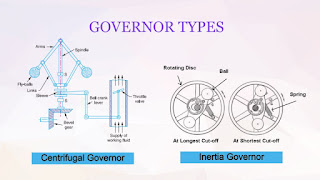




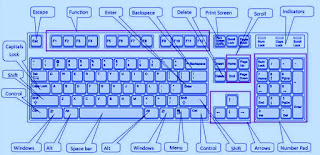


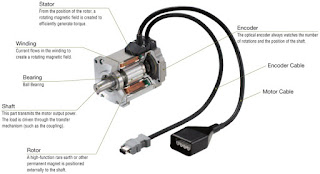



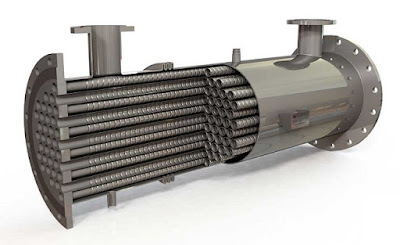
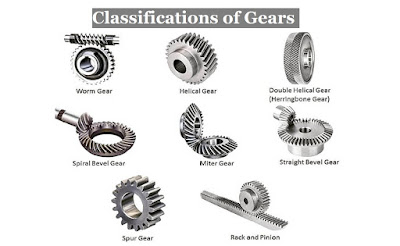

Comments
Post a Comment